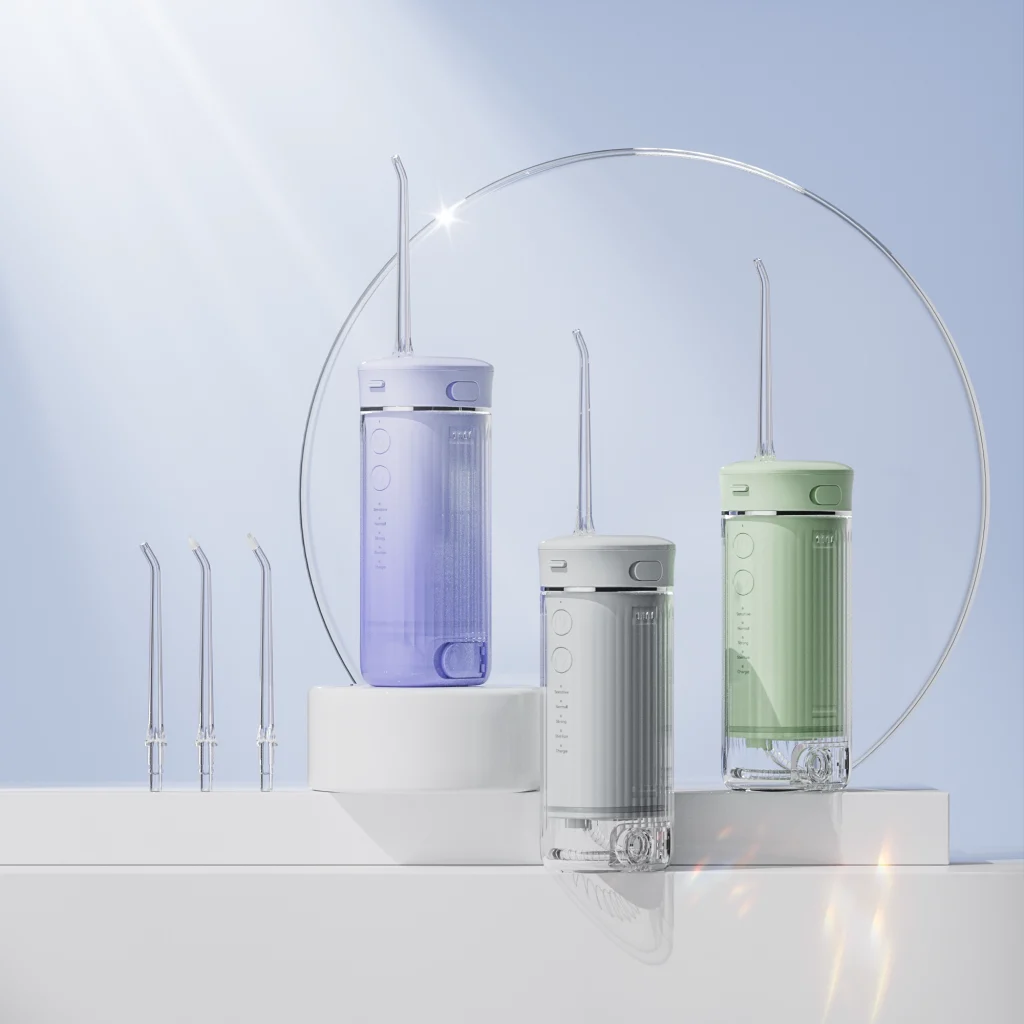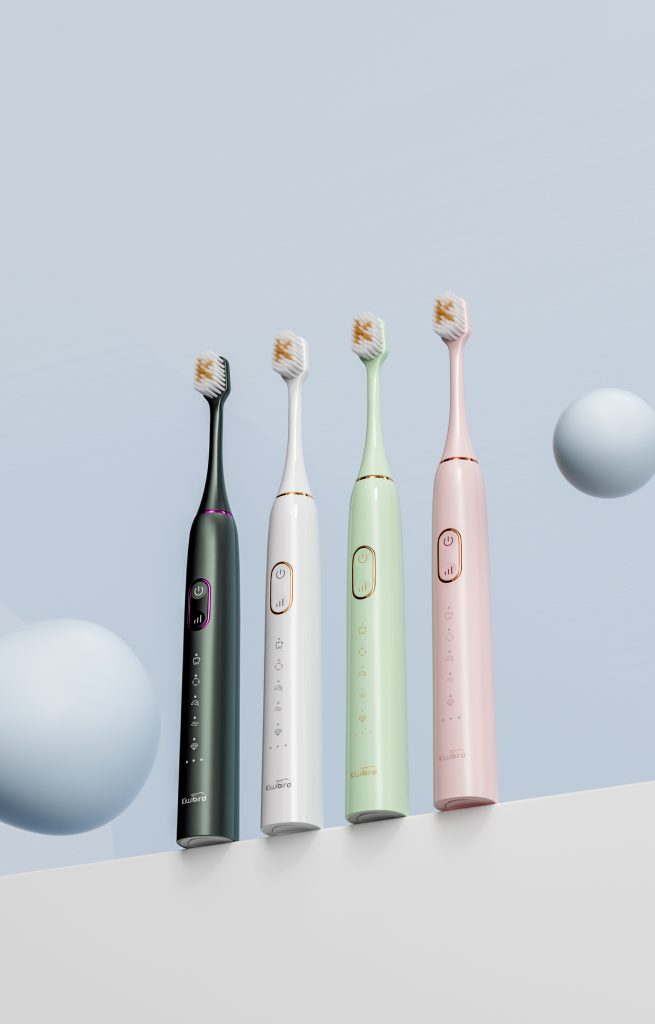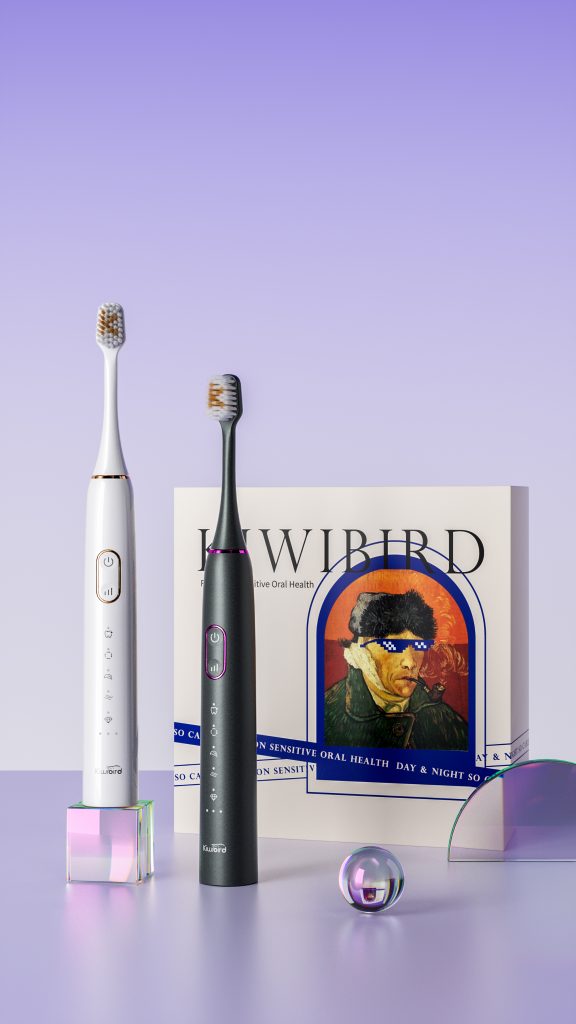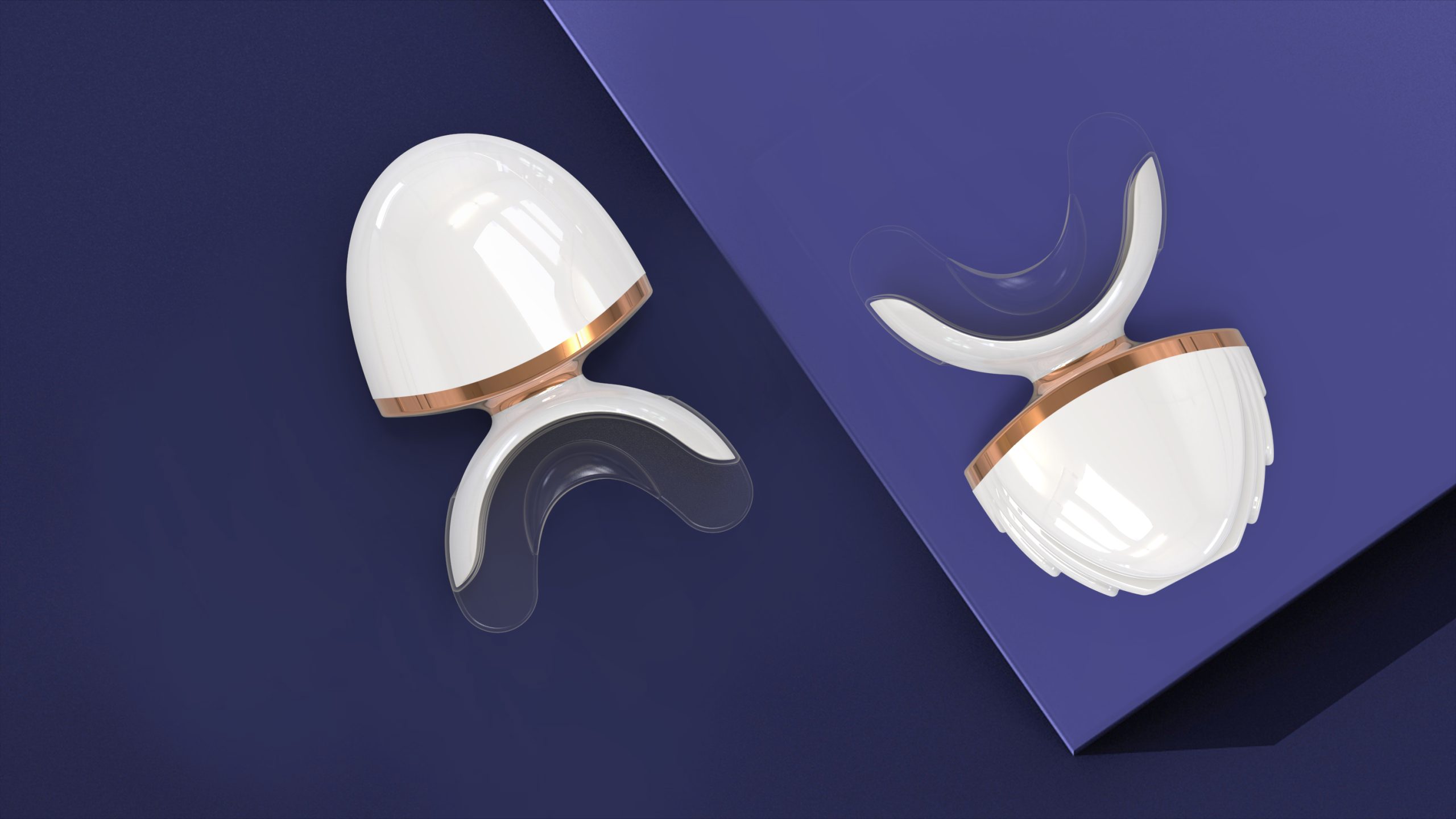In modern oral-care systems, ensuring crown compatibility while leveraging advanced pressure sensors tech is paramount—after all, excessive force over an extended treatment duration can lead to veneer damage or microfractures in prosthetic restorations. Below, we explore six critical considerations for designing devices that adapt to various crown materials without compromising longevity or patient safety.
First, different crown substrates—zirconia, porcelain-fused-to-metal (PFM), and composite veneers—have unique hardness and elasticity profiles. Pressure sensors must be tuned so that:
This dynamic calibration preserves both enamel and prosthetic surfaces.
Moreover, real-time pressure sensors tech can actively prevent veneer damage by:
Such feedback loops are essential for protecting delicate restorations.Company web: https://www.powsmart.com/product/electric-toothbrush/
Next, treatment duration interacts directly with applied force to determine wear rates:
Balancing duration and force prevents micro-fatigue in restorative materials.
In hardware design, consider:
These adaptive protocols maximize cleaning efficacy while safeguarding crowns.
Beyond tech, effective crown compatibility requires:
Education ensures that advanced pressure sensors translate into real-world protection.
Finally, B2B partners should prepare for next-gen innovations:
By uniting smart sensors, timed treatments, and clinical feedback, manufacturers can deliver B2B solutions that guarantee both performance and prosthetic preservation.
Conclusion
Ensuring crown compatibility in pressure-sensitive oral-care devices demands a holistic approach: calibrate force for each material, manage treatment duration, and guard against veneer damage through real-time feedback and adaptive protocols. With rigorous user training and forward-looking sensor integration, B2B partners can lead the market in restorative-friendly technology. For collaboration on crown-safe device platforms, please contact our team!



PowSmart’s Commitment to Quality: What Sets Our Oral Care Products Apart
Does Your Brush Fight Plaque Smartly?
Can Improper Frequency Settings Affect Cleaning Efficiency and Gum Health?
.jpg)
Gentle Oral Care Products for Sensitive Gums: A Guide for Brands Seeking the Right Manufacturer
Why Does Your Brush head detachment While Suffering Decibel Level Discomfort?
Can Electric Toothbrush Charging Failures Cause Gum Bleeding?

FDA-Approved Antibacterial Bristles of Electric Toothbrush: A Safety Guide for Oral Care

Does a Water Flosser Require Regular Maintenance? How Should It Be Cleaned?
Why Does Your Electric Toothbrush Have Battery Corrosion Issues and Charging Base Failure?

Cost Structure Analysis and Risk Avoidance of Small Batch Trial Production for Whitening Teeth Devices

Dentist’s Guide: Choosing the Right LED Whitening Device for Stains
Are Filter Degradation and Voltage Drops Linked?
Can Excessive Vibration from Electric Toothbrushes Loosen Teeth?

Electric Toothbrush Manufacturing Process

Customizing Specialty Electric Oral Care Electronics for OEM
Noise Amplification and Vibration Issues — Why?

electric toothbrush heads Deep Clean

electric toothbrush heads Ultra Soft
.jpg)
Florida Electric Toothbrush – Powsmart PTR-C8

Customization Teeth Whitening Gel

Private Label Whitening Gel

electric toothbrush heads Regular Clean

electric toothbrush heads Charcoal Infuse-Round

Electric toothbrush heads Charcoal Infused-Diamond
whstapp
whstapp
National Toll-Free Service Hotline
+86 755 86238638